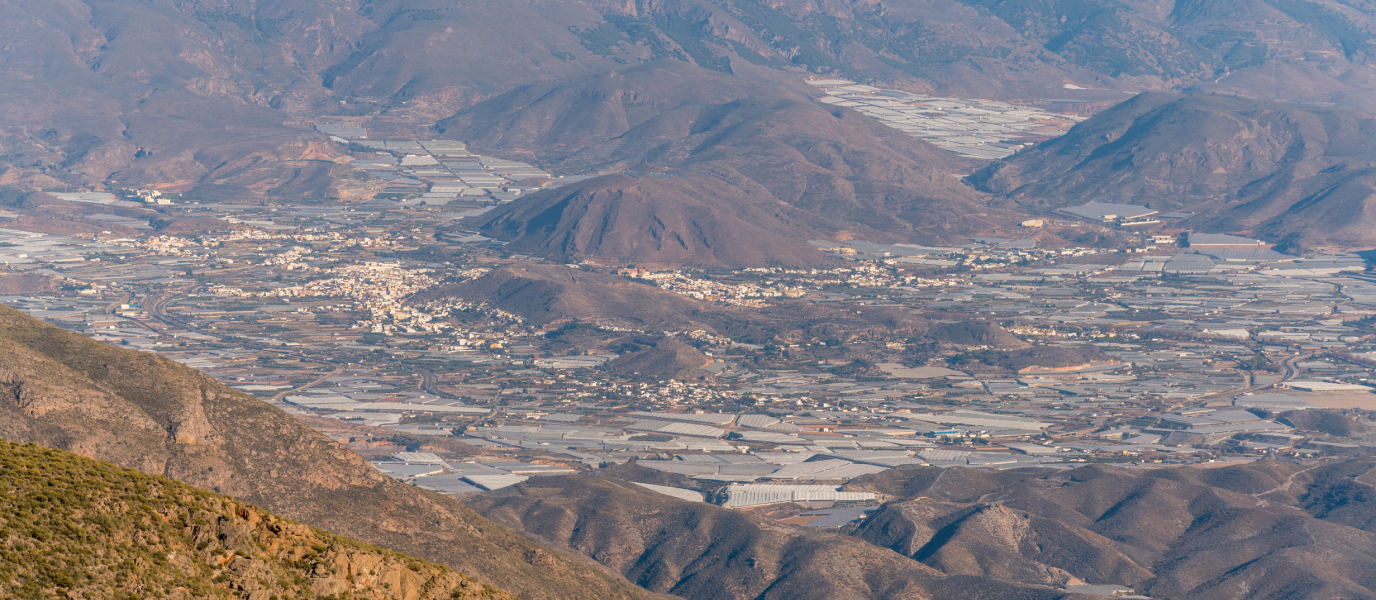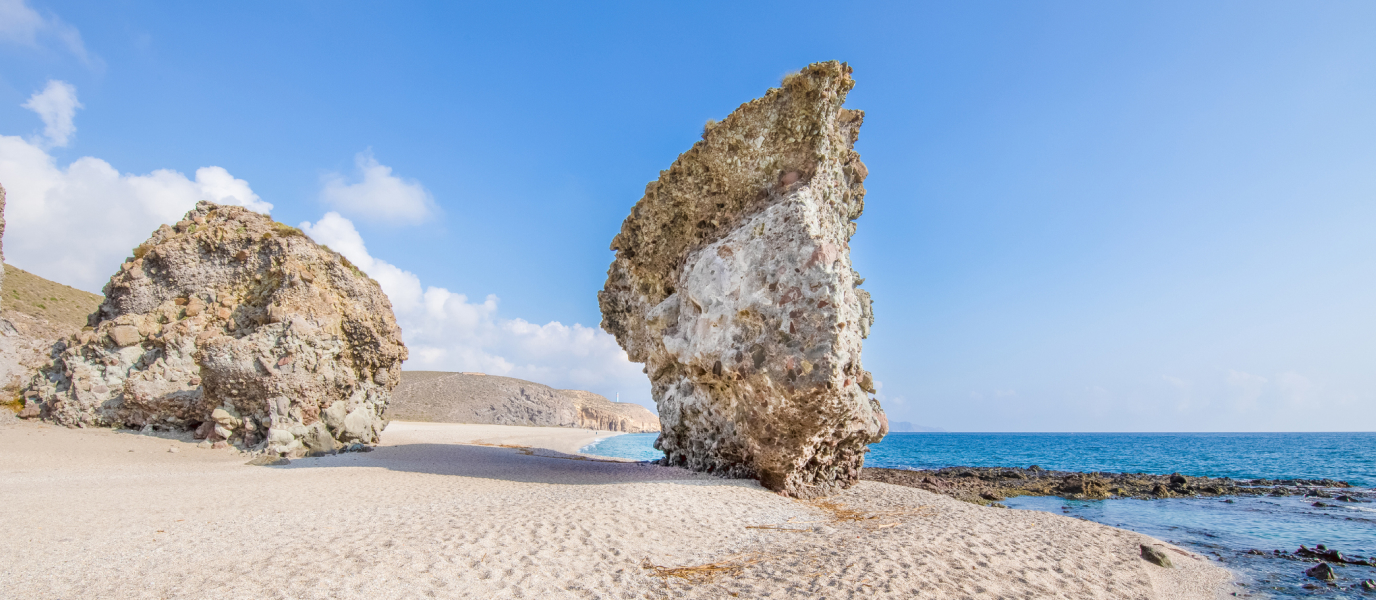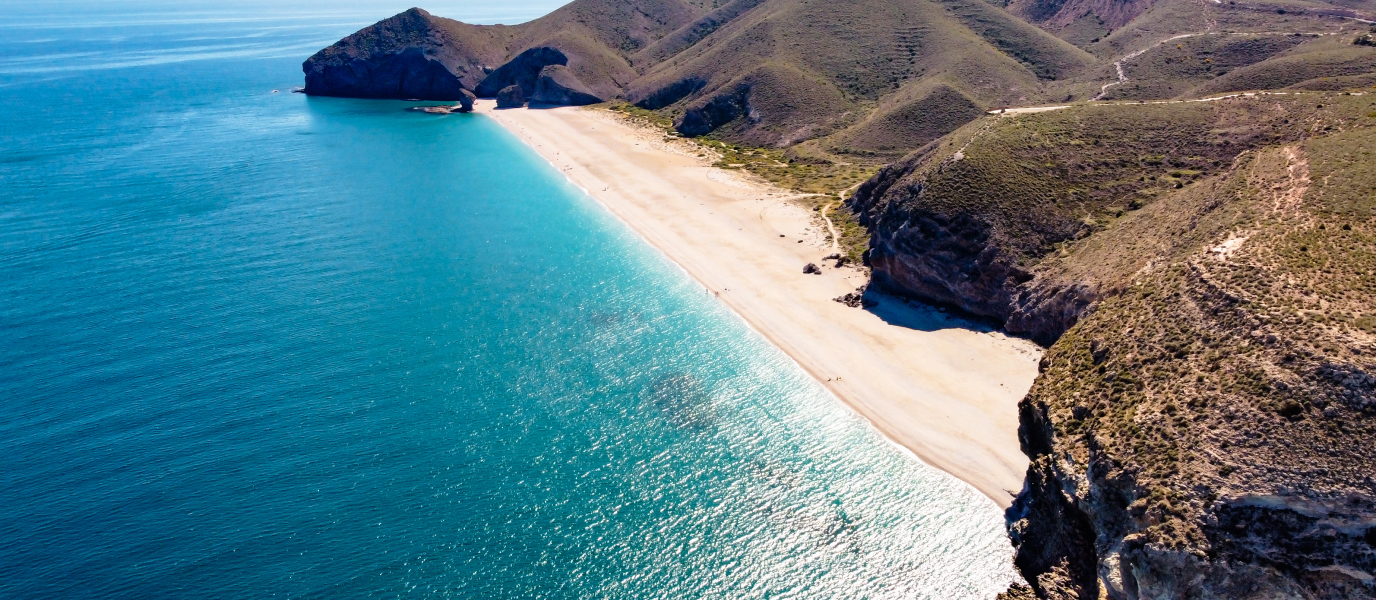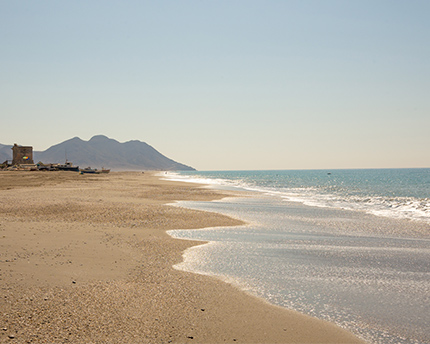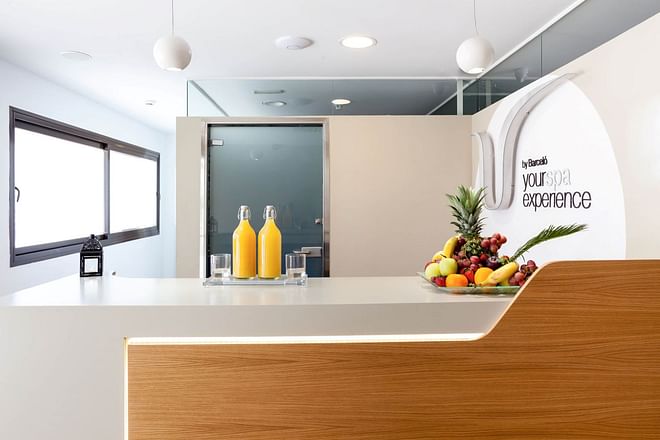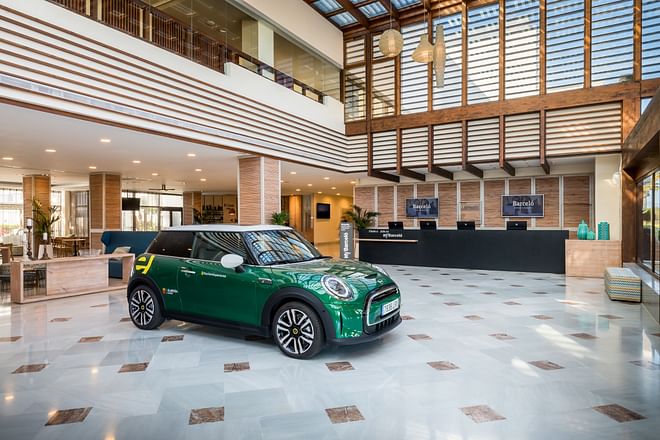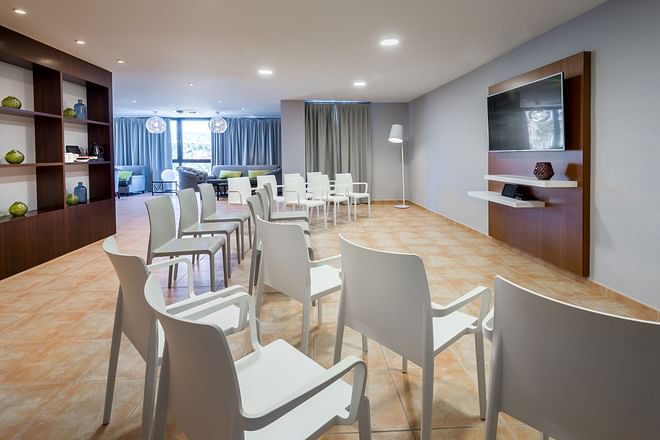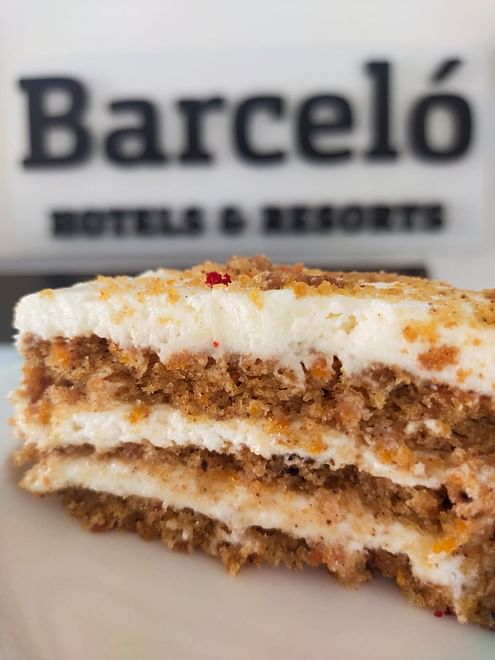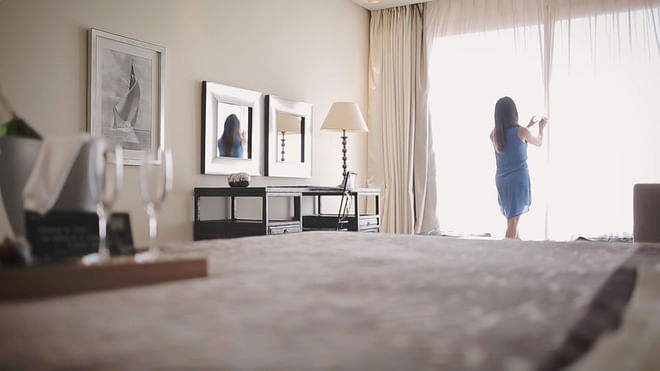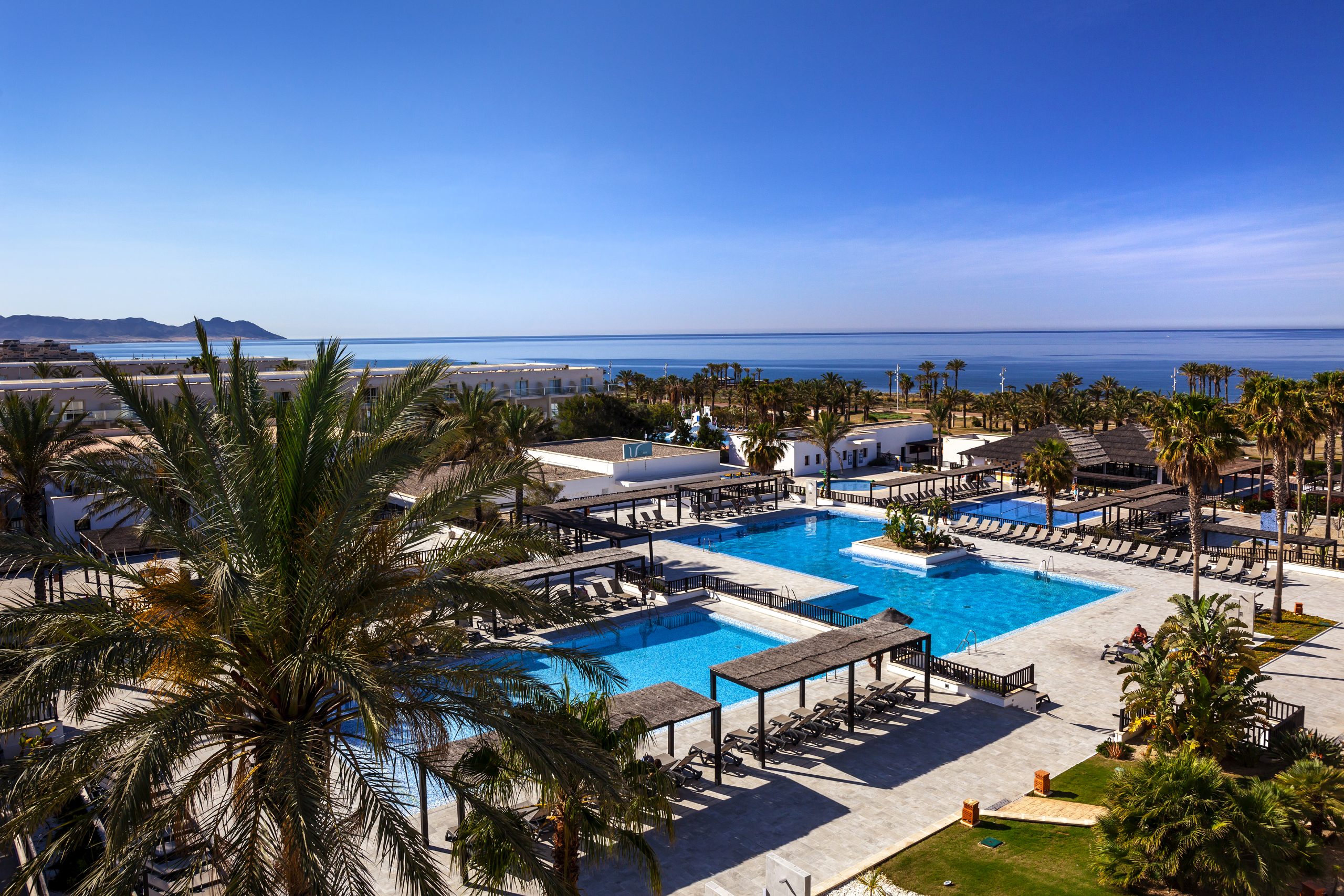This town in Almería, located at the foot of Gádor Sierra, is famous for its fountains and spring waters, which were even known during Roman times. In fact, it currently has more than 30 spouts of all styles that have formed a very interesting route so that you can explore Berja’s other secrets such as the 12th century Muslim cemetery.
Things to see in Berja
In addition to the marvellous fountains, Berja has a unique arcaded square, palatial houses with a lot of history and a Muslim cemetery with early Christian sarcophagi.
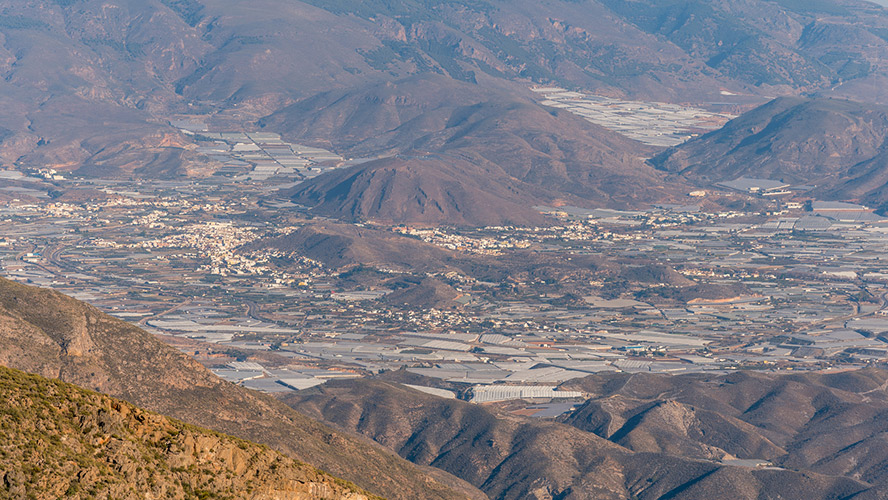
Muslim necropolis
This is a 12th century Almohad cemetery with a total of 112 tombs divided into two burial sites. It was discovered in 2007 and is located at Portón de Villavieja.
The most curious thing about the site is that one of the main objects found at the necropolis was an early Christian sarcophagus from the 4th century, which can now be seen at the Madrid Archaeological Museum.
Jerónimos House
This is one of the beautiful palatial houses that arose in a flourishing Berja, but it was not built during the Baroque period but rather well into the 19th century, and is therefore notable for its classicist and historicist style.
The house was inherited by Jerónimo Villalobos, the first mayor of the Second Spanish Republic in Berja, from his uncle, who had the same name and was a rich miner.
The most impressive feature of the house is its interior courtyard, adorned with black marble columns from a nearby quarry, and the floors of the rooms, which are all original and different.
It is now the Culture House, although it used to have the town’s outpatient clinic until about 40 years ago.
Molino del Perrillo House
Molino del Perrillo is one of the most impressive bourgeois houses in Berja. It was built in 1865 by another mining family, that of Gregorio Lupión Escobar, with the best materials of the time. This architectural jewel has marvellous original hydraulic floors, each one different, which have even served as inspiration to create a line of costume jewellery.
They say that this huge house has as many doors and windows as there are days in the year. It is not easy to check this out but you can walk through most of its rooms as it is now Berja’s Tourist Office and hosts many exhibitions.
Its curious name (‘Doggy’s Mill’ in Spanish) comes from the fact that it had to integrate an old mill, which is still preserved, and a fountain with a spout in the shape of a little dog, which has now disappeared, into the courtyard.
Enciso Tower
This fortress tower is one of the most symbolic places in Berja as it was built in the 16th century by a family of Old Christians to protect themselves from a potential Moorish revolt against them. The revolt actually took place years later.
The chronicles say that there were seven other towers in Berja like Enciso, but now only this one remains, which houses the city’s museum on its three floors. It can be visited from Monday to Sunday until two o’clock in the afternoon.
Joya House
You will really feel like an aristocrat at this house. The Palatial House of the Joya family, dating from 1755, is one of the buildings erected by Berja’s bourgeoisie, in this case Jacinta Enríquez Valdivia, although it was inherited by her daughter, who was already married to a member of the powerful Joya mining family.
Today it is a charming hotel that maintains its interesting courtyard, the coats of arms of the Joya family and a spectacular staircase that accompanies the visitors to some of its rooms. It has a restaurant which is also highly recommended.
Old Market Square
The 37 arcades of the Porticoed Square or Old Market Square make this a unique place, especially because of the sky’s reflection on the floor of the square.
Around the square, the two-storey houses are lined up in a perfect arcade which alternate and shelter everyone from both the sun and the cold.
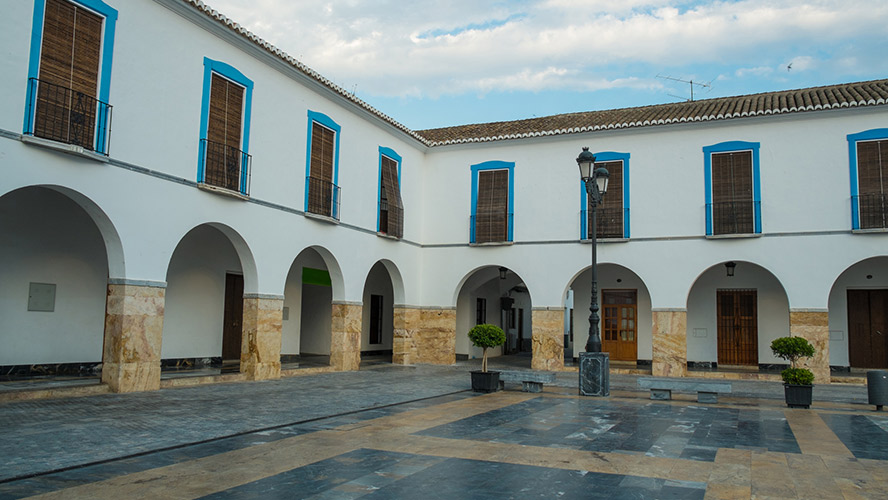
For centuries, this place has been the town’s food market, but nowadays it is a square where many cultural activities take place. By the way, the square is also home to two other well-known fountains: the Male and Female fountains.
The fountains
The best way not to miss any of these water gems is to follow the fountain route, which is signposted throughout the village.
The oldest preserved fountain is Alcaudique, of Roman origin, although one of the most popular is the 18th century Toro fountain, which takes the surname of the family that lived in the area.
You should also see the Marqués, Don Emilio, Placeta de la Saliva, Higuera and Oro fountains. Above all, you should not miss the fountain with 16 spouts, which was built in 1859, with a staircase and a circular pond that give it a very different appearance from the rest. They say that 70 stones and up to three months of work were needed to complete it.
Where to eat in Berja
In almost any bar in Berja you can eat well and enjoy some great tapas. If you want something more substantial such as the famous migas (fried breadcrumbs), choto (kid goat meat), gachas (gruel) and garlic soup, you should book first and then check the menu.
Among the main recommendations is La Oveja Negra, a good place for all sorts of snacks, or Casa Palaciega, in a stately building once inhabited by the Joya family.
You can also go to the Casino Bar and try the à la carte menu or the Villavieja restaurant, which is a perfect place to go with children.
Things to see nearby
Berja is a village nestled at the foot of Gádor Sierra, so that you will enjoy the mighty nature. One of the activities you can do is visit the Castala Peri-Urban Park, where there is an incredible via ferrata for the more daring. They say that Saint Ctesiphon, one of the seven Apostolic men sent by Saint Peter to accompany Saint James the Great during his preaching on the peninsula, lived in this neighbourhood.
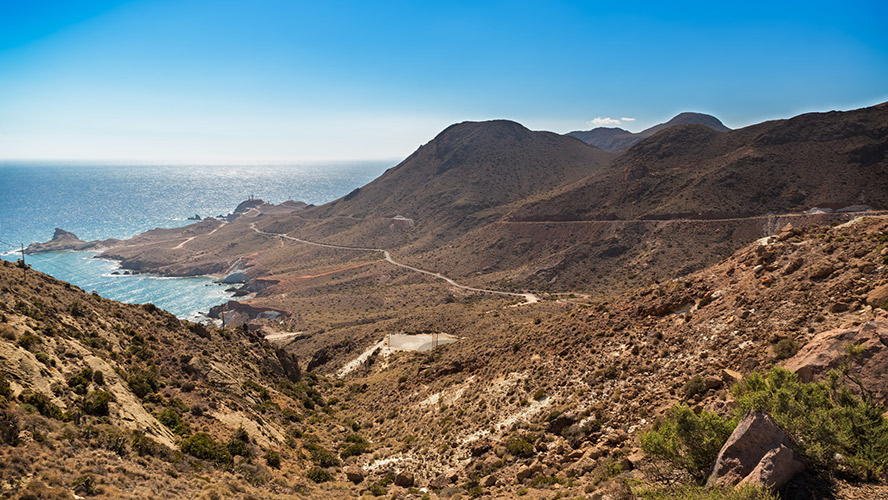
In addition, for lovers of gliding, Berja has one of the most spectacular stations, with views of the mountains on one side and the sea on the other. Paragliding, paramotoring and hang gliding are available, promising you with adrenaline and unforgettable views.
Where to stay in the province of Almería
Almería has many accommodation options, but the Barceló Cabo de Gata is in a privileged location, right on the beach, facing the Mediterranean Sea and with direct access to the Cabo de Gata Nature Reserve, in case you want to extend your visit.
Most of its 230 rooms have views of the sea or the pool area and it is ideal for couples and families alike due to its complete facilities: gardens,
outdoor pools, restaurants and bars.
It also has a complete U-Spa with incredible beauty treatments and sophisticated workouts.




































































